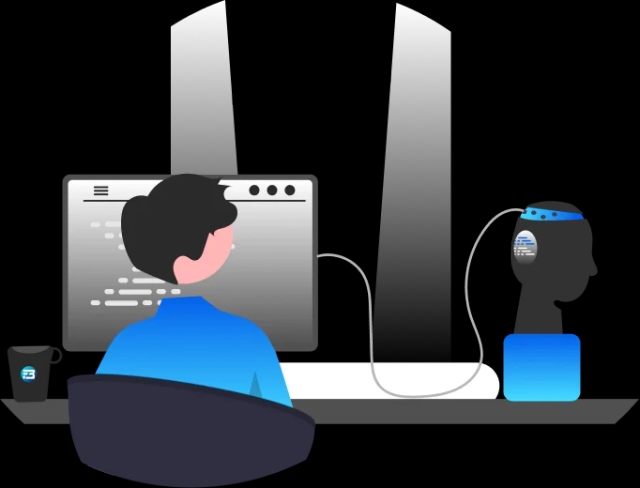What sample size do I need for statistically significant ASR model training for doctor patient conversation?
ASR
Healthcare
Speech AI
Determining the appropriate sample size for training an Automatic Speech Recognition (ASR) model specifically for doctor-patient conversations is pivotal for achieving reliable and generalizable results. Here, we'll explore why this matters, the factors influencing sample size, and provide guidelines to help you estimate the right sample size for your needs.
Why Sample Size Matters in ASR Training
In ASR model training, sample size refers to the number of distinct recordings required to ensure the model performs well across various scenarios. A sufficiently large and diverse dataset ensures the model can handle the complexities of different speakers, accents, medical specialties, and conversational contexts. This diversity is crucial for the model's adaptability and accuracy in real-world healthcare settings, where conversations range from routine check-ups to complex medical discussions.
Key Factors Influencing Sample Size
- Variability in Conversations: Doctor-patient interactions vary in language complexity, medical terminology, and emotional tone. A larger sample size helps capture this variability, making the model more robust and less biased.
- Speaker Diversity: It's essential to include a wide range of speakers, differing in age, gender, and accent. A diverse dataset ensures the model can generalize beyond a narrow demographic.
- Language and Dialect Coverage: In multilingual healthcare settings, it's vital to include various languages and dialects. Each language may require a distinct sample size, especially if certain dialects are less common.
Guidelines for Estimating Sample Size
- Minimum Dataset: A good starting point is about 100 hours of recorded conversations, distributed among different languages and medical specialties for balance.
- Diverse Speaker Count: Aim for at least 80 to 100 unique doctor-patient pairs. This diversity helps capture different speaking patterns and conversational styles.
- Conversation Length: Each conversation should ideally last between 5 to 15 minutes, providing enough context and detail for effective training.
Practical Steps for Building Your Dataset
- Data Collection Strategy: Use platforms like Yugo platform to gather recordings through remote and in-person setups, capturing the authentic dynamics of doctor-patient interactions.
- Quality Assurance: Employ a strong QA process to ensure the recordings accurately reflect real-world conversations, without compromising ethical standards. This includes verifying the use of correct medical terminology and ensuring dialogues are realistic.
- Iterative Approach: Start with an initial dataset and expand it based on model performance. Analyze outputs to identify where additional data might be needed to improve understanding or accuracy.
Conclusion
Building an effective ASR model for doctor-patient conversations requires careful consideration of sample size, diversity, and context. By ensuring your dataset is statistically significant and representative, you enhance the model's performance and reliability in healthcare applications. FutureBeeAI can support this process with our expertise in scalable AI data collection and annotation, ensuring your ASR models are well-prepared for real-world deployment.
Smart FAQs
Q. What format should I use for ASR model training recordings?
A. The preferred format is WAV at a sample rate of 16 kHz and a bit depth of 16-bit, which is optimal for preserving audio quality. For telephonic data, stereo recordings are recommended for better speaker separation.
Q. How can I ensure my dataset accurately reflects real-world interactions?
A. Capture unscripted speech data in varied clinical settings, include diverse speakers, and adhere to ethical data collection practices. Regular quality checks and expert reviews will further enhance the dataset's authenticity.
What Else Do People Ask?
Related AI Articles
Browse Matching Datasets
Acquiring high-quality AI datasets has never been easier!!!
Get in touch with our AI data expert now!








